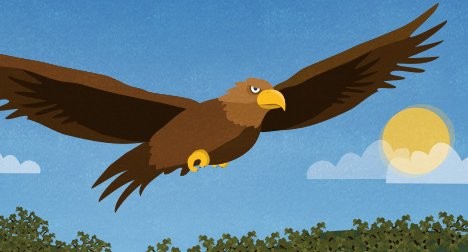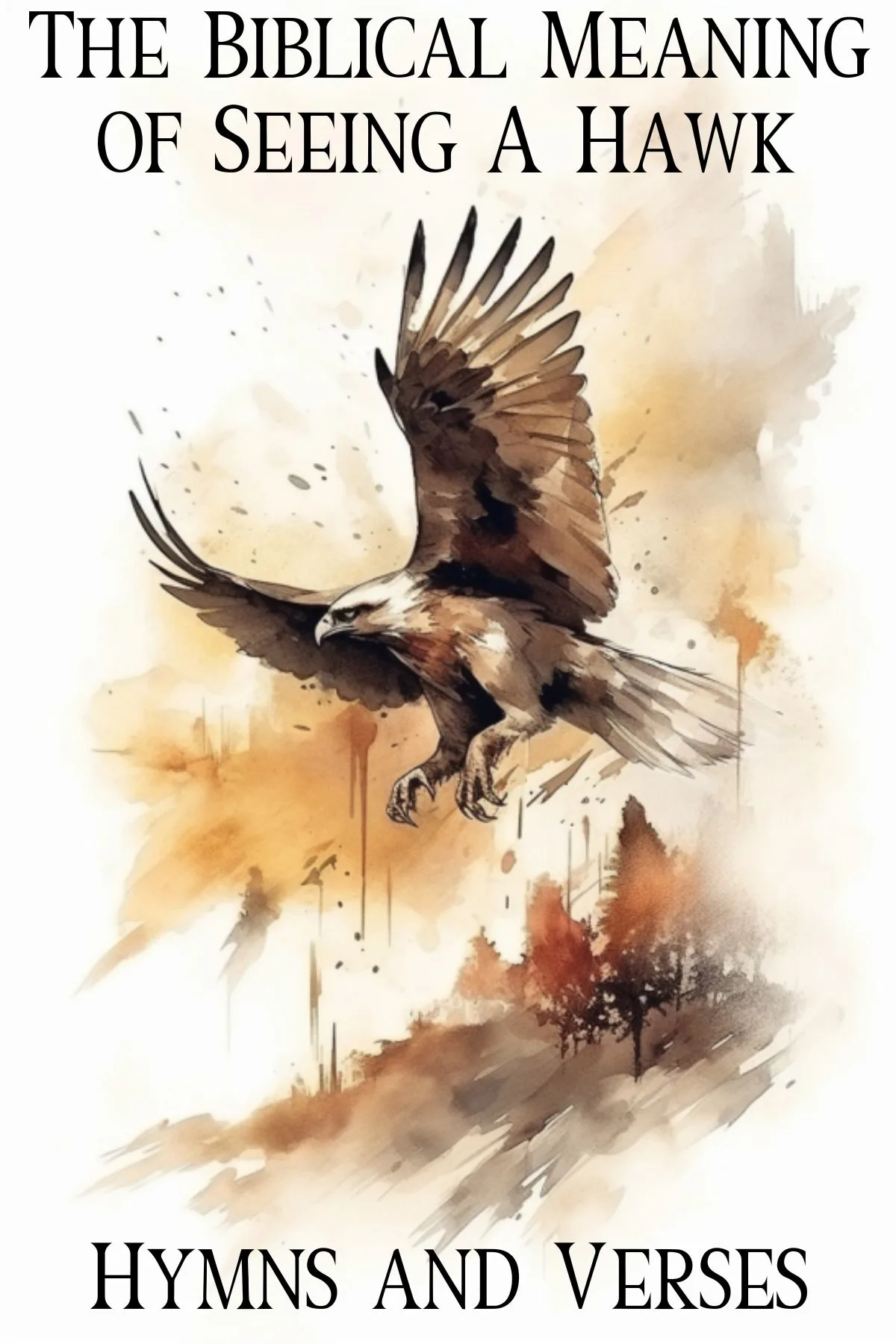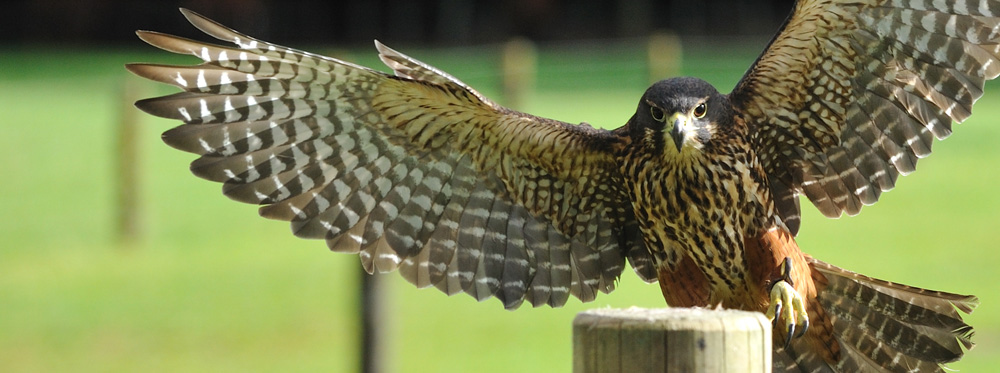Commentary: Defining Raptors and Birds of Prey
Por um escritor misterioso
Descrição
Species considered raptors are subjects of monitoring programs, textbooks, scientific societies, legislation, and multinational agreements. Yet no standard definition for the synonymous terms “raptor” or “bird of prey” exists. Groups, including owls, vultures, corvids, and shrikes are variably considered raptors based on morphological, ecological, and taxonomic criteria, depending on the authors. We review various criteria previously used to define raptors and we present an updated definition that incorporates current understanding of bird phylogeny. For example, hunting live vertebrates has been largely accepted as an ecological trait of raptorial birds, yet not all species considered raptors are raptorial (e.g., Palm-nut Vulture [Gypohierax angolensis]), and not all raptorial birds are considered raptors (e.g., skuas [Stercorariidae]). Acute vision, a hooked bill, and sharp talons are the most commonly used morphological characters for delineating raptors; however, using those characters as criteria may cause confusion because they can be vague and exceptions are sometimes made. Old World vultures, for example, are in the family Accipitridae along with hawks and eagles, and thus are usually considered raptors despite their lack of sharp talons. We define raptors as species within orders that evolved from raptorial landbirds (Telluraves) in which most species maintained raptorial lifestyles. Raptors are therefore all species within Accipitriformes, Cathartiformes, Falconiformes, and Strigiformes. Importantly, we believe that seriemas (Cariamiformes) should also be considered raptors. Our definition combines phylogeny with morphology and ecology, and avoids ambiguity associated with owls, vultures, and shrikes. Establishing a common definition of raptors should improve interpretability across studies and lessen ambiguity of research and management recommendations.
American Kestrel, the Continent's Smallest Raptor! : r/birding

Rhode Island Division of Fish and Wildlife Outdoor Education - Raptors include owls, hawks, falcons, and other birds of prey that use their expert senses and sharp talons to hunt for food.

Extensive protected area coverage and an updated global population estimate for the Endangered Madagascar Serpent-eagle Eutriorchis astur, Bird Conservation International
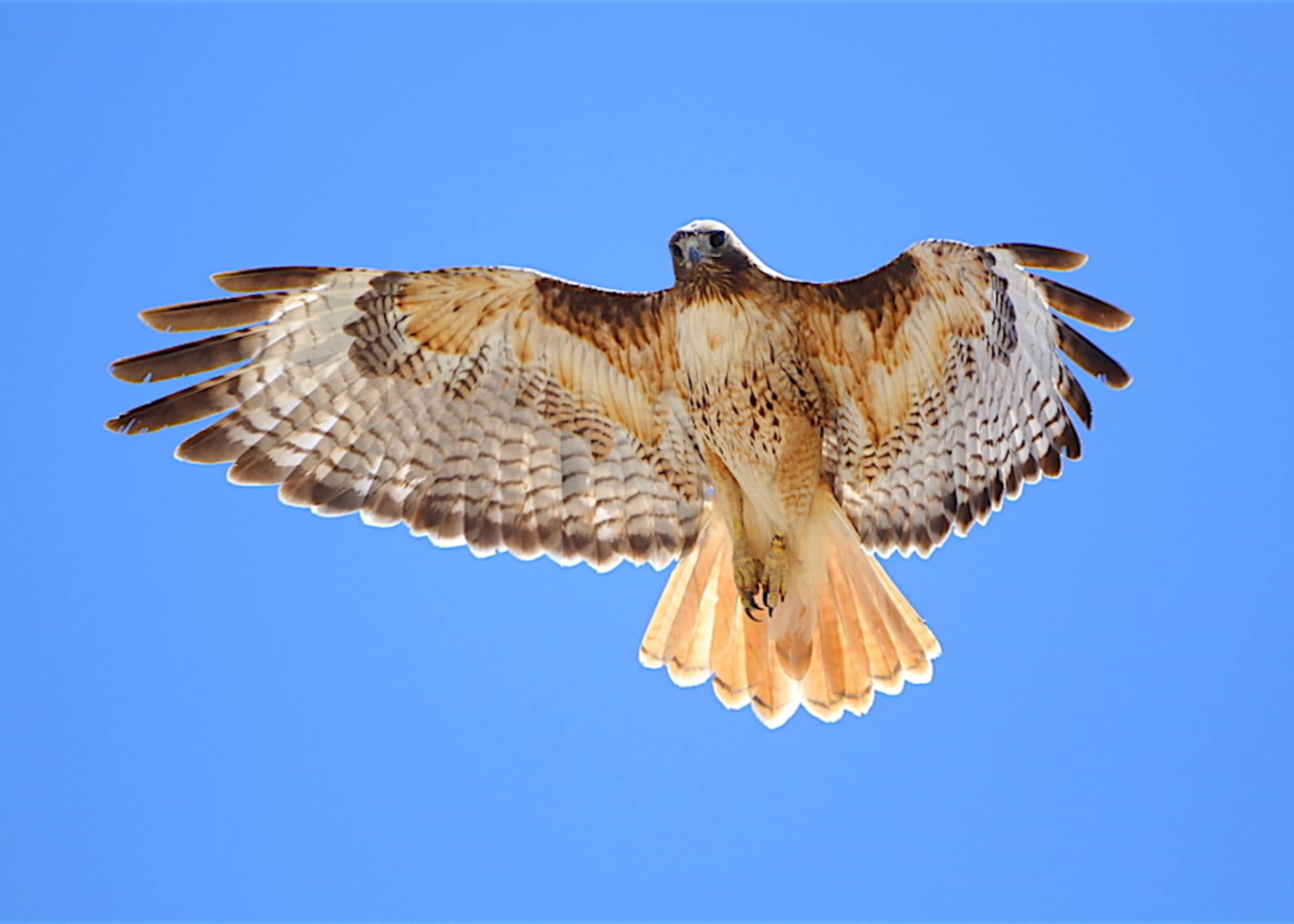
Raptor Resources + FAQ – HMANA

Is that a raptor? - Issuu

Birds « KaiserScience

Identifying Raptors - How to Differentiate Birds of Prey
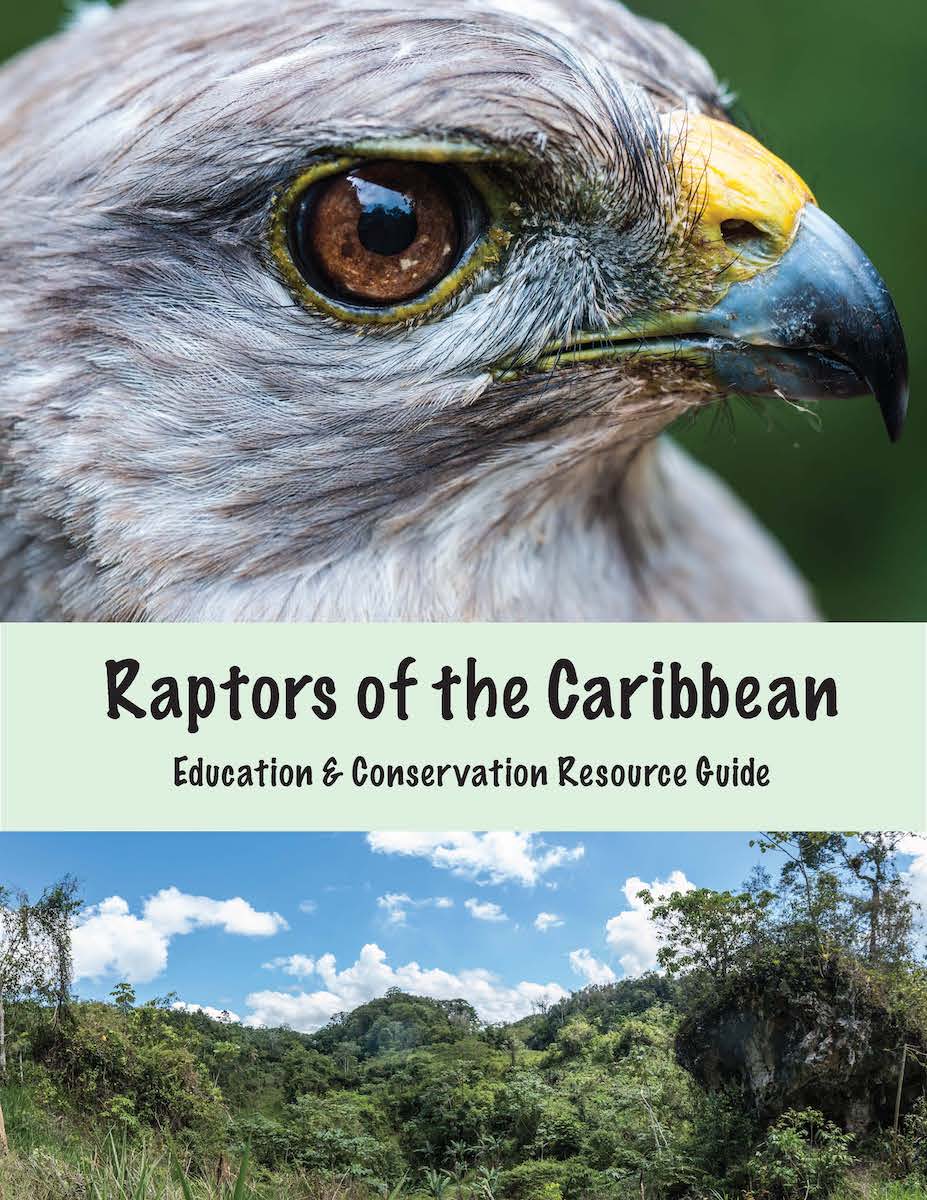
Fostering Raptor Conservation in the Caribbean Through Environmental Education – BirdsCaribbean

The Raptors

PDF) Commentary: Defining Raptors and Birds of Prey

Towards reconciliation of the four world bird lists: hotspots of disagreement in taxonomy of raptors

Raptors or 'Birds of Prey' - An Introduction - Whole Earth Education
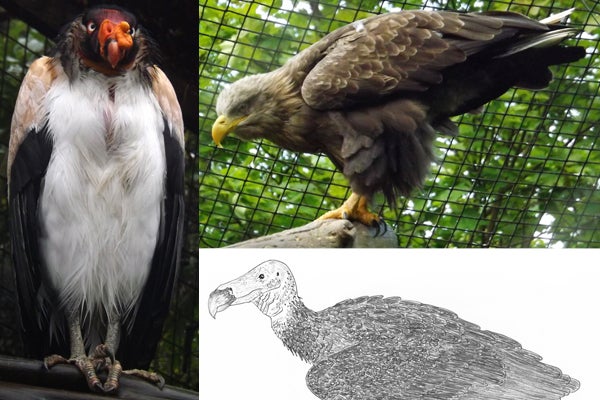
Raptor Raptor Raptor, Part 1 - Scientific American Blog Network
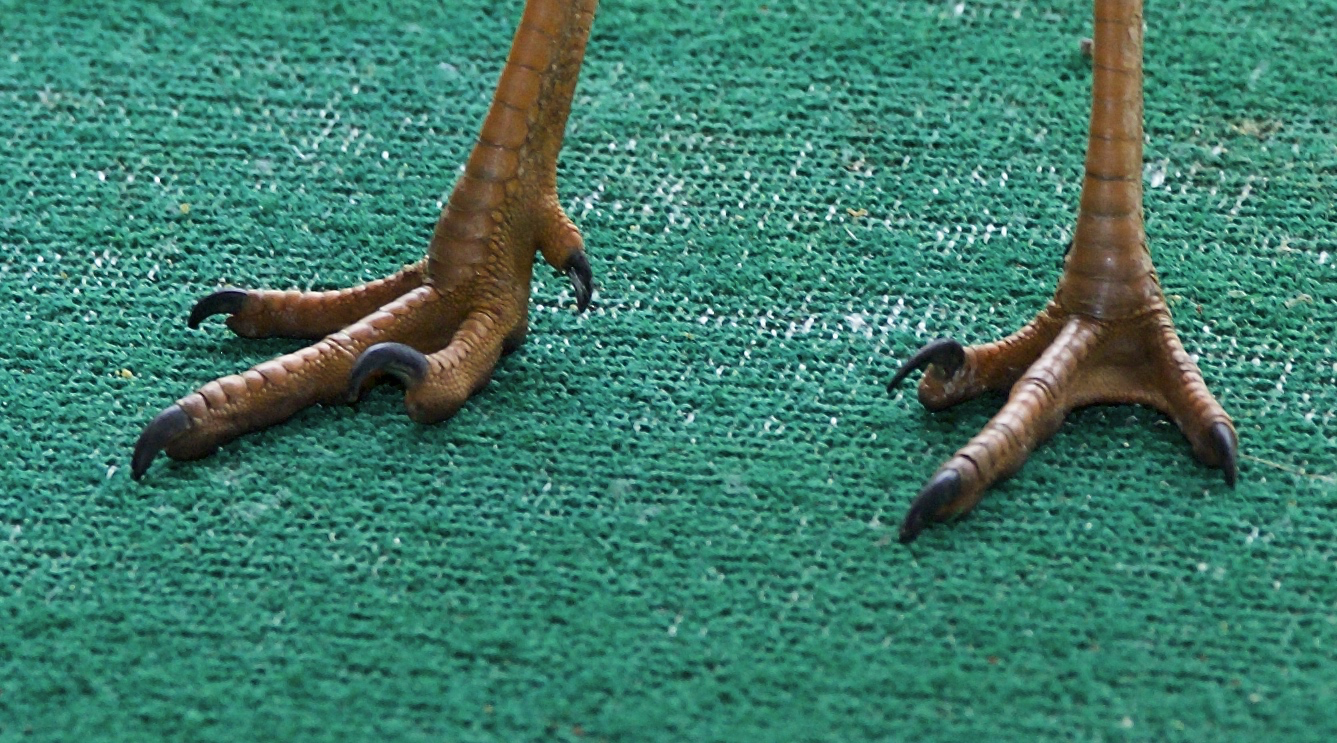
Red-legged Seriema The Peregrine Fund
de
por adulto (o preço varia de acordo com o tamanho do grupo)

